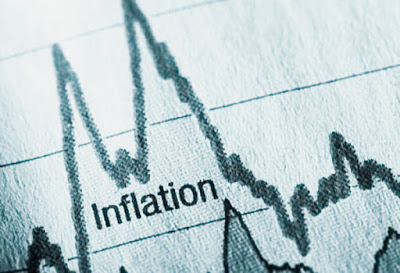The Centre for the Promotion of Private Enterprise (CPPE) says the reality and severity of the impact of surge in general price levels over the past one year was at variance with the official inflation data of the National Bureau of Statistics(NBS).
CPPE Founder, Dr Muda Yusuf, made this known on Wednesday in Lagos while reacting to the February inflation rate of 15.70 per cent.
The Nigeria’s Consumer Price Index (CPI) increased to 15.70 per cent for the month of February.
The figure is 1.3 per cent lower when compared to the rate recorded in February 2021 and 0.16 per cent rate higher than the rate recorded in January 2022.
Yusuf, noting that while the technical computation of the inflation figures the NBS was not in dispute, for goods consumed by most households, prices had jumped by between 30-100 per cent over the past one year.
“The same is true of businesses as they have been similarly impacted due to slump in sales, turnover and profits margins.
“The pressure of galloping inflation on household budgets has been excruciating and unbearable.
“Purchasing power has been massively eroded, real incomes have collapsed, and the poverty situation has consequently worsened.
“The impact on small businesses is much more severe because of their limited capacity to absorb economic shocks,” he said.
The Economist posited that the inflation phenomenon deserved to be elevated to the level of an economic emergency, in dire need of urgent policy responses at the highest level of government.
This, he said, was because the impact on citizens welfare had become inestimable with the survival of many Small businesses at risk.
“There is an elevation of social discontent, driven by increasing joblessness and hunger.
“The key drivers of inflation include high and increasing energy cost; worsening currency depreciation, escalating transportation cost, high import duty on manufacturing inputs.
“Others are, illiquidity in the forex market, bottlenecks in the logistics chain, state of insecurity and low productivity resulting from structural challenges and weak application of technology.
“Central bank financing of fiscal deficit is also a major driver of inflation.
“To tackle inflation, these key drivers would have to be addressed,” he said.




